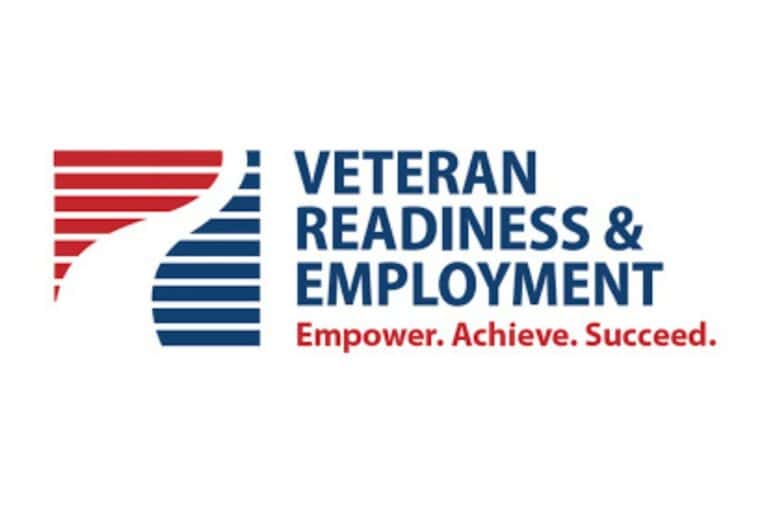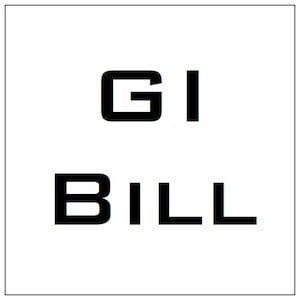VRAP Gives Unemployed Veteran New Start
Ty Taylor inspired veterans yesterday with good news on his VRAP application. After fighting through a VA denial, he won. Now, he is that much closer to attaining his dream training to become a paralegal.
His story is a great one and a good model for veterans who already transferred their GI Bill benefits to family members.
Taylor’s VRAP Story
[quote style=”1″] Great news! I applied for VRAP at first possible opportunity. I [received] a denial letter based on fact I had Post 9/11 GI Bill benefits available. In reality I transferred ALL of my benefits to my child and spouse. I printed out the FAQ from VRAP web site and drafted a letter for reconsideration (not an appeal). The VA came thru!! One week later VA sent me my letter of eligibility in the mail. Hooah! Bottom line is I did not give up based on words I have read on this page and I gave a sensible defense of my position and the doors opened. Hope my good fortune and expeditious approval rubs off to the next veteran. [/quote]
Fellow veterans in the Facebook group “Disabled Veterans – Chapter 31 Voc Rehab” congratulated him. With the benefits, Taylor hopes to get paralegal training. Someday, he would like to obtain his dream of becoming an attorney.
VRAP Specifics for Veterans Retraining
VRAP stands for “Veterans Retraining Assistance Program.” It allows unemployed veterans to receive up to 12 months of training. Participants are also eligible for the full-time payment rate of the Montgomery GI Bill, currently paying out $1,473 per month.
Sign up is on a first come first served basis. Only 45,000 participants will be allowed to sign up from July 1, 2012 to September 30, 2012. Another 54,000 participants will be allowed onboard between October 1, 2012 and March 31, 2014.
The veteran must fit within the following criteria:
- Are at least 35 but no more than 60 years old
- Are unemployed on the date of application
- Received an other than dishonorable discharge
- Are not be eligible for any other VA education benefit program (e.g.: the Post-9/11 GI Bill, Montgomery GI Bill, Vocational Rehabilitation and Employment Assistance)
- Are not in receipt of VA compensation due to unemployability
- Are not enrolled in a federal or state job training program
Here is the specific VA.gov URL for more information: https://benefits.va.gov/vow/education.htm
Other Stories on the VRAP Training
[box_light]VRAP Allows US Solar Institute To Train Vets To Become Solar Installers. Clean Energy Authority VA “chose the US Solar Institute (USSI) of Ft. Lauderdale, Fla. as the first educational institution dedicated purely to solar to train veterans to install solar photovoltaics. Under the partnership veterans qualified” for VRAP “can choose to attend USSI to train for a new career as a solar installer or as part of a larger education program. The VRAP program allows veterans between the ages of 35 and 60 to receive up to a year of education assistance to be retrained in a new career, like as a solar installer.” https://www.cleanenergyauthority.com/solar-energy-news/issu-certified-train-vets-through-vrap-061912
Columnist Urges Readers To Spread Word About VRAP. Washington Times John Fales says, “Although I have been encouraged by the efforts of the Department of Labor and VA to date, more needs to be done” to help unemployed vets find jobs. Fales adds, “Please help spread the word about VRAP to unemployed veterans you know in your communities. It is only through outreach at the local level that we can ensure this opportunity is taken advantage of to help our veterans find long-term careers.” https://www.washingtontimes.com/news/2012/jun/19/sgt-shaft-vietnam-vet-says-he-was-not-able-visit-m/
Job Training Grants To Assist Nearly 9,000 Homeless Vets. American Forces Press Service “Some 8,600 homeless veterans will benefit from $15 million in grant money for job training through the US Department of Labor’s Homeless Veterans Reintegration Program, Secretary of Labor Hilda L. Solis said” on Tuesday. The money, “officials added, will go to state and local workforce investment boards, local public agencies and similar groups that are familiar with their homeless veteran populations, and have shown they can provide help for them.” The AFPS adds, “DOL also works closely with the departments of Housing and Urban Development, Veterans Affairs and Health and Human Services to provide affordable housing for homeless veterans, Solis said.” https://www.defense.gov/news/newsarticle.aspx?id=116807[/box_light]



Hell, at least he got a response back about his VRAP application.